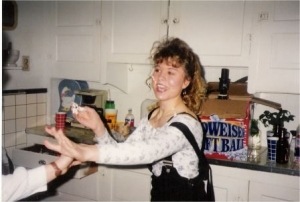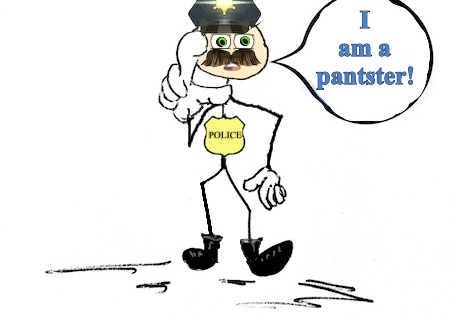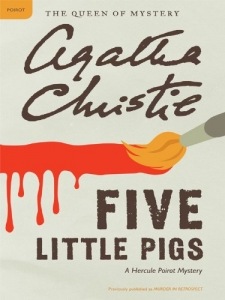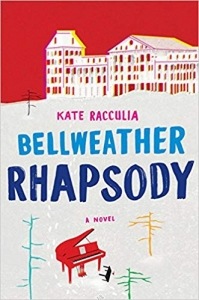Solving Murders Using Human Nature: Are Detectives Plotters or Pantsters?
As a police detective whose job was to solve murders, I found it especially helpful to immerse myself into the lives of the victims rather than merely going through the motions of filling in the blanks of police reports. I had to make it personal. To try my absolute best to see the case through their eyes. I needed to know them and everything about them. I practically had to BE them until the point where they exhaled for the final time.
I needed to know a victim’s family and friends. I walked the paths they traveled. I learned their routines. I spoke with and interviewed their friends and family, yes, but I also made the effort see those friends and relatives from the victim’s perspective.
It’s Personal
To know the family and friends and acquaintances from the point of view of the victim is a telling and sometimes eye-opening experience. Getting to know people on a personal level is key that unlocks many “doors,” and doing so, more often than not, helps to crack those hardened exteriors people often develop toward police officers. Showing that you do indeed care about them and their loved one as people and not as items on a checklist goes a long way.
Caring About the Victim
I cared about the victims, each of them. I learned their habits. Their likes, hopes, and dreams. I grew to know their coworkers and their bosses and the people in the stores where they shopped for food and clothing, and the places where they purchased gas for their cars. I knew what they liked to read and to watch on TV. I held their dogs and cats and their babies. I hugged their parents, their spouses, and their young children. I played ball with their kids. I sat with the family, listening to stories about the past and of lost futures.
I had to know the victim, personally.
If a victim once stopped in a donut shop in the mornings, well, I sometimes retraced the route and did the same. Along the way, I saw joggers, dog-walkers, letter carriers, delivery people, children on their way to school, bus drivers, cab drivers, and I saw the grumpy old men and women who spend their days peering at the street through gaps in dingy lace curtains. I saw garbage collectors, street sweepers, patrol officers, ambulance drivers, FED EX and UPS drivers, animal control officers, the man who waters his lawn at precisely 9 A.M., and the woman who wore a big floppy hat while tending to her roses each day at the crack of dawn. I spoke with each of those people.
Clues. tiny clues are often the ones that bring a case to a close. And those people, the lawn waterer and window-peepers, etc.—all had an opportunity to see something, and often times they did. But had I not taken the time to to stop and say hi and to ask a few simple questions, well, those little tidbits and tips may have gone forever unspoken.
I visited the homes of murder victims. I examined the rooms where they slept. I saw where they cooked and ate their meals. I looked into the refrigerators to see their contents, searching for anything that could help me better understand the unfortunate and poor soul whose heart no longer beat with metronome precision.
True Crime
I even used this method when researching and writing “Murder on Minor Avenue, a true crime tale published by Prometheus books. The story was about the extremely brutal murder of a young woman named Tina Mott.
While conducting the research for the book, a process that lasted nearly a year, I found myself delving deeper and deeper in Tina’s life until I felt as if I’d known her. I learned so much detail about her short time on the planet that I knew her likes and dislikes, her hobbies, and even her emotions.
Tina wrote poetry and it was through her writings, works I studied, hoping to use them to pride me with insight, when I began to set her story to page.
I tacked photos of Tina on my bulletin board. I even had one of my desk. In the image on my desk, she was at a birthday celebration for her, a small event hosted by friends.  In the picture, she was smiling and obviously happy.
In the picture, she was smiling and obviously happy.
Images like those helped to take me into her life, and together with the poems and interviews with friends and family, well, she was no longer a stranger whose remains went unfound for a year.
Instead, I knew Tina even though we’d never met. She was a person. A good-hearted young woman, a brand new mother with feelings and emotions. She laughed. She cried. She hurt. And she loved life. And then she died at the hand of her boyfriend, another person I came to know during the research.
I experienced both his good and his dark side. He, too, was real person. A real and extremely evil person.
This is the same way I approached all murder cases. I came to know the victims as people.
Details!
Examining detail is often the key to successfully bringing a homicide case to a close. Think of the intricately woven tales created by Agatha Christie. While real life murders are often spur of the moment crimes that require little or no planning, each of Christie’s tales were tightly-plotted puzzles that needed solving. Or were they?
Many of Christies characters were stereotypical bad guys, yes, but those types of people do indeed exist in the real world. And like Christie’s make-believe killers, it is their traits that sometimes fool inexperienced investigators who overlook them as suspects simply because the things they do and say are simply too obvious. Then there are the men and women who seemingly could not, not in a million years, commit a crime such as heinous as murder. Again, the cop who lacks experience could overlook those people as well.
Therefore, while working to solve a homicide case, it is paramount that investigators leave their predispositions locked away in an imaginary safe. Actually, officers should never pre-judge anyone. Instead, they should start fresh at each and every crime scene and with each and every suspect, witness, and victim. Isn’t that exactly how the great writers of our time produce such wonderful books, over and over again? They do so by starting with a fresh story on page one, chapter one.
As Christie’s characters worked through their convoluted and fictional crimes—bad and good folks alike—, they often made the same mistakes real-life officers tend to experience as they wind their ways through along the journeys leading to the ends of their cases. Christie wrote in this style because she, too, was working out resolutions to the clues and traps that she herself had planted while writing.
Human Nature
In Five Little Pigs, Christie’s story clung tightly to the cause and effect of human nature. It’s a character-driven book where Poirot solves a cold case and he does so through his and Christie’s understanding and examinations of a person’s emotions and passion. Like Poirot, through Christie’s eyes and typewriter, a real-life police investigator who has the ability to “see” human nature is an investigator who’ll find success in their field.
Sure, DNA and fancy lights and chemicals and laboratories are nice, but they’re nothing more than icing on the cake when compared to the detective who knows and understands people, and human nature.
Was Agatha Christie a panster and not a plotter?
If one were to stop and ponder for a moment they’d see that homicide and other detectives are both plotters and pansters. The former due to department guidelines and standard methods as to how a scene is approached—911 call, first responder arrives, detectives and CSI arrive, coroner is called, speak to witnesses, collect evidence using Sirchie evidence collection tools and products, yada, yada, yada.
The latter, a panster, due to the actual investigation part of the case where improvisation is a must, investigators assume the roles of actors. They must have the ability to become “one of the guys” in nearly every situation they encounter during the course of their investigations. They have to “walk the walk and talk the talk” in order to fit in and to help make people feel at ease around them. Drop the stiff cop persona. Be a human.
Detectives who follow along a more plotter-type course of investigation are perhaps science-based linear thinkers and, sure, their style produces results.
But it is the panster detective, the cop who’s not afraid to step outside the box, who’s the investigator that people will open up to most quickly. They’re the cops who turn over all the stones, just not in any particular order. They easily adapt to fast paced and quick-changing cases.
Christie knew and understood that humans are flawed. No one, including her characters, is perfect, and it is this, the fallibility of human beings that helped her her tales ring so wonderfully true and believable.
Agatha Christie was indeed the queen of writing believable make-believe.
Another example of flawed human character, in a writing style that follows the footsteps of Agatha Christie, can found in Bellweather Rhapsody, a multi-layered character-driven novel by Kate Racculia.







Terrific post, Lee. I love the comparisons you’ve drawn with Agatha Christie.
Love this post, Lee!
Love this article. An excellent reminder for crime fiction writers to never allow their detectives to forget the human factors!